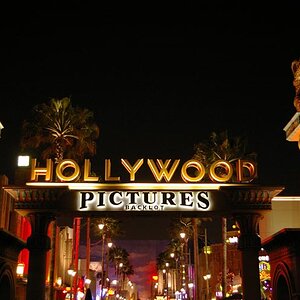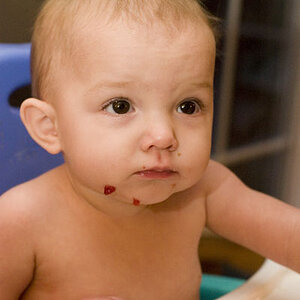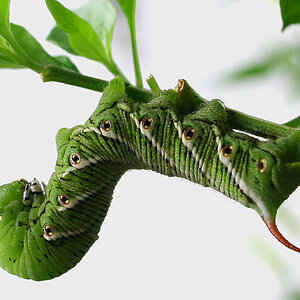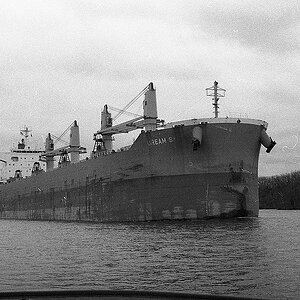Steve5D
TPF Noob!
- Joined
- May 7, 2012
- Messages
- 3,307
- Reaction score
- 1,265
- Location
- St. Augustine, Florida
- Can others edit my Photos
- Photos NOT OK to edit
Anyone using one of these?
I've seen the new collapsible one, and I've read some less then stellar reviews about it. I'm thinking about finding one of the older, non-collapsible ones.
I've used a number of diffusers over the years, including some DIY jobs that I actually might revisit.
Anyway, just wondering what the overall opinion of these are.
Muchos grassyass...
I've seen the new collapsible one, and I've read some less then stellar reviews about it. I'm thinking about finding one of the older, non-collapsible ones.
I've used a number of diffusers over the years, including some DIY jobs that I actually might revisit.
Anyway, just wondering what the overall opinion of these are.
Muchos grassyass...


![[No title]](/data/xfmg/thumbnail/41/41934-5071025280901954ee561590003df10e.jpg?1619739947)






![[No title]](/data/xfmg/thumbnail/32/32639-1358bee897449f9a4a38676097b475d5.jpg?1619735555)


![[No title]](/data/xfmg/thumbnail/35/35948-700e0d840da0ca73727b1bd6d99b4142.jpg?1619737257)
![[No title]](/data/xfmg/thumbnail/37/37603-739c5d9b541a083a12f2f30e45ca2b7b.jpg?1619738147)